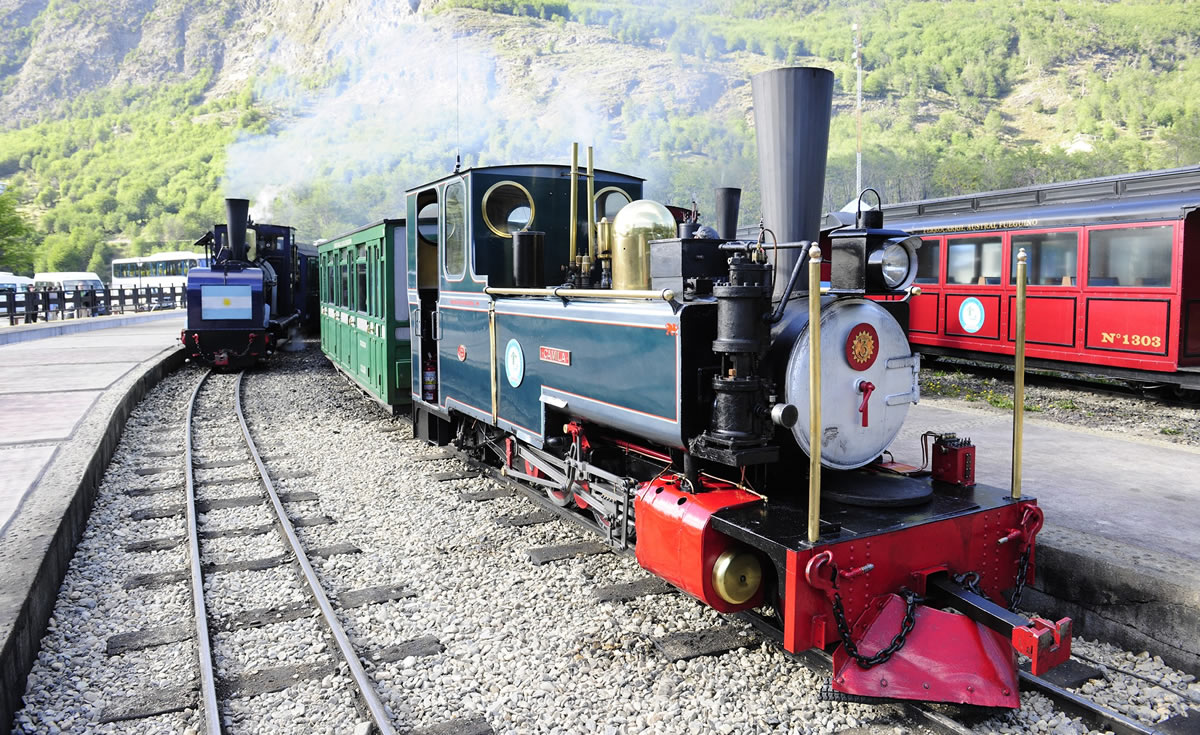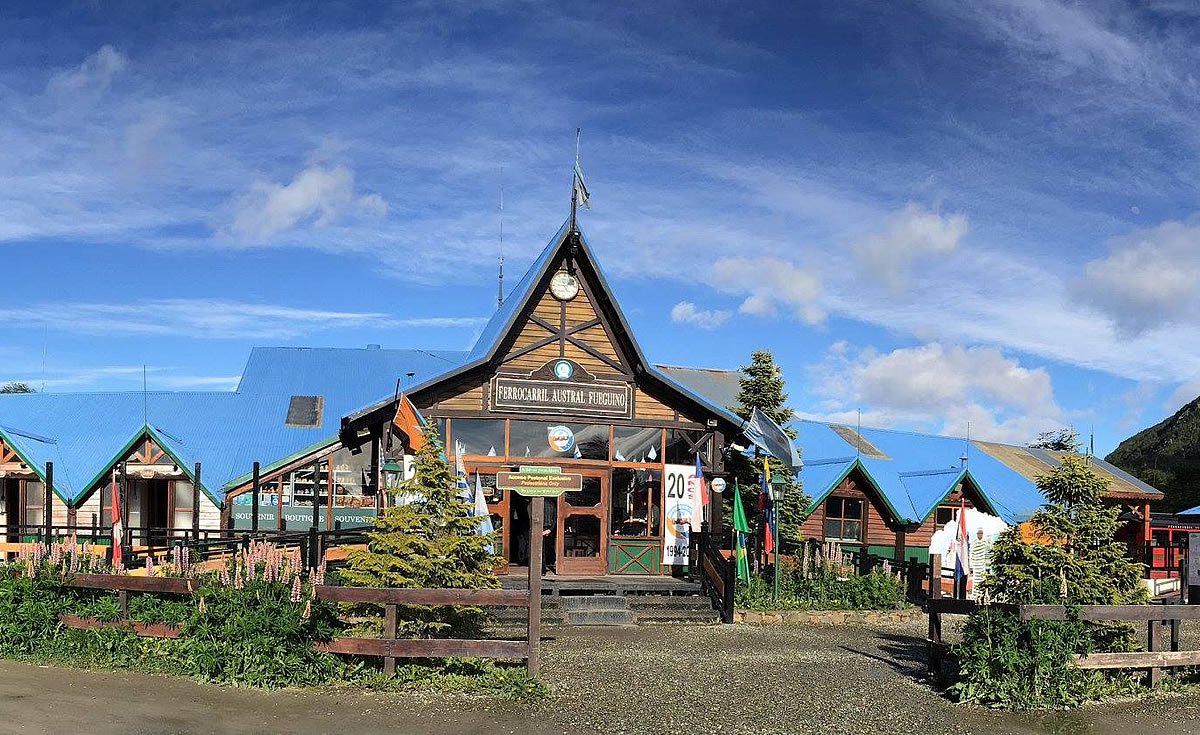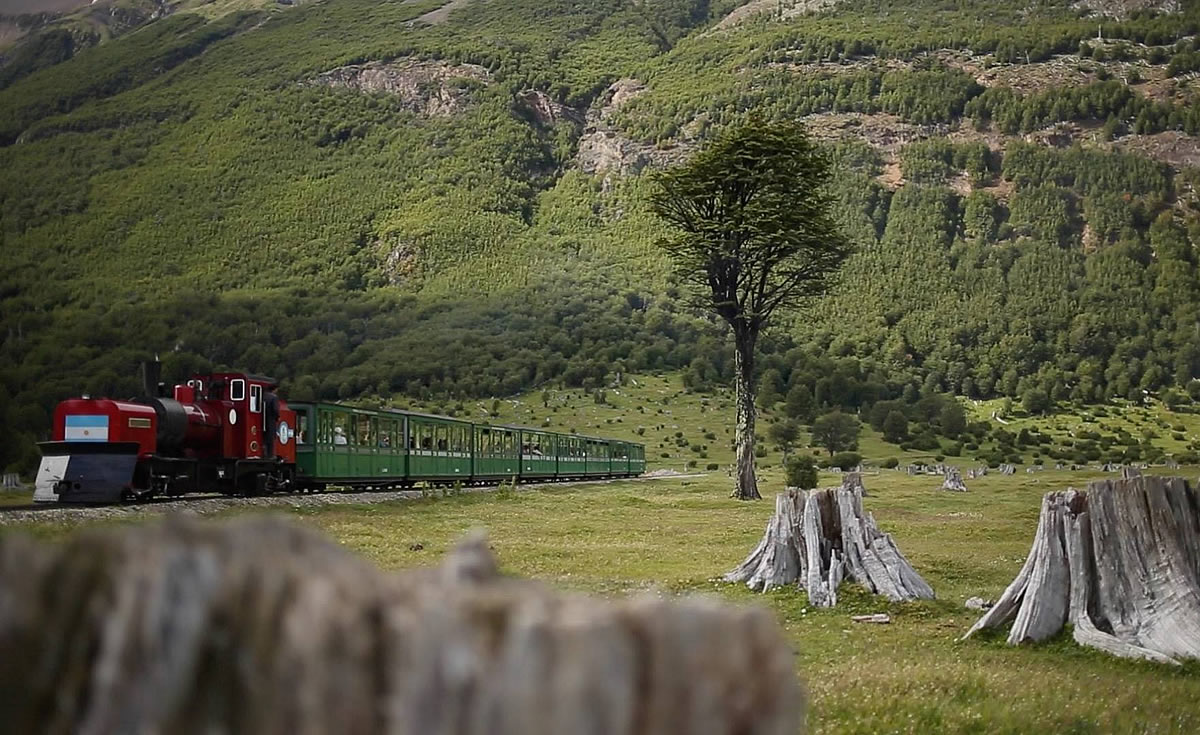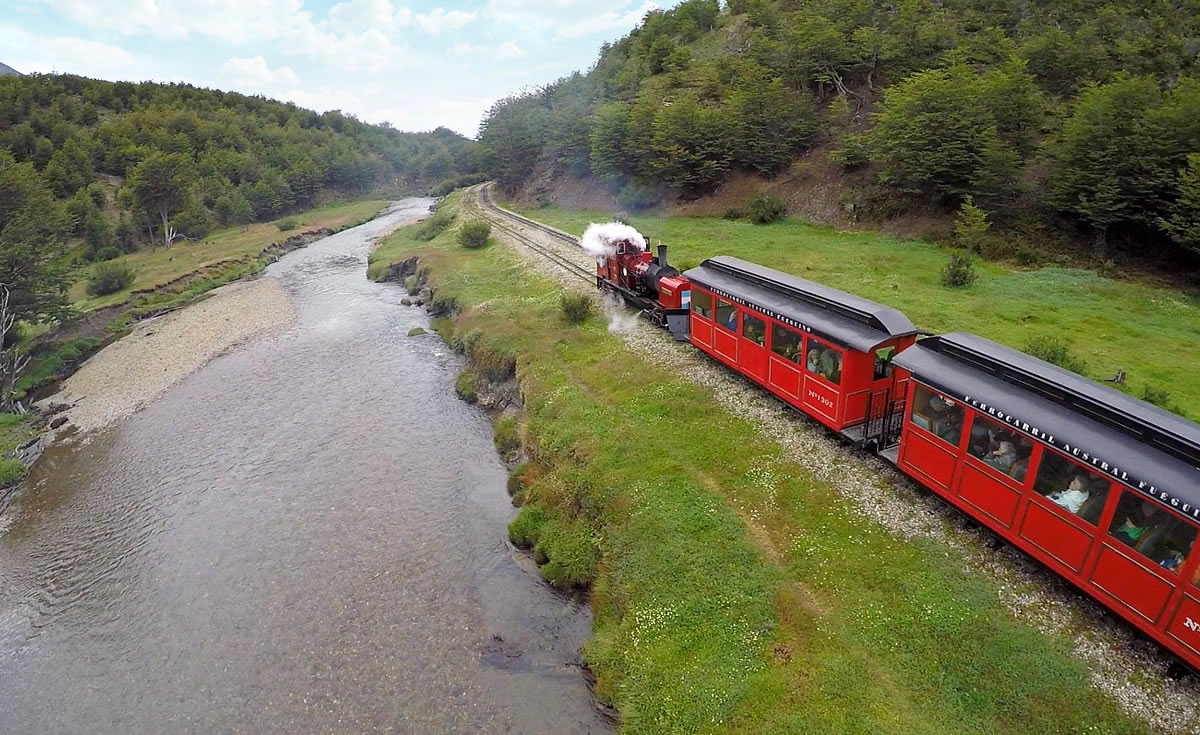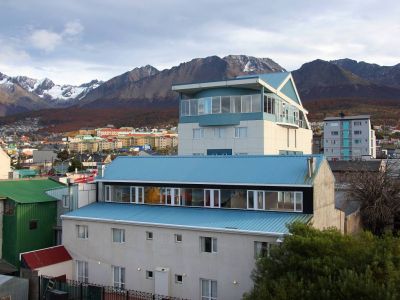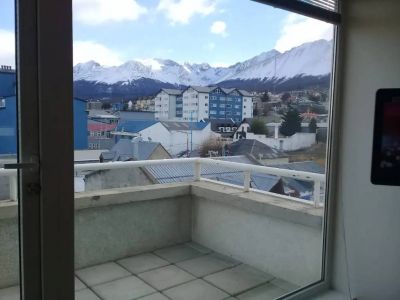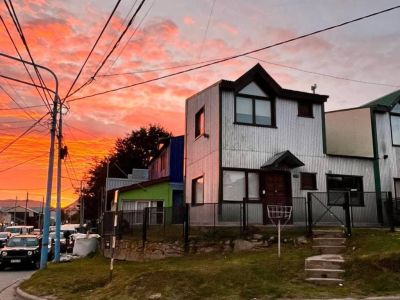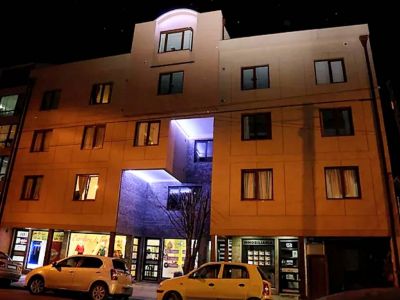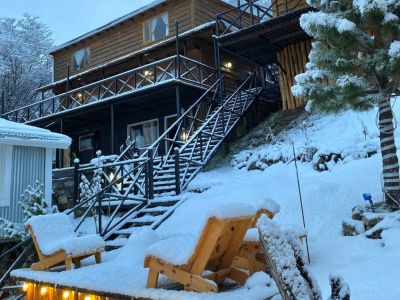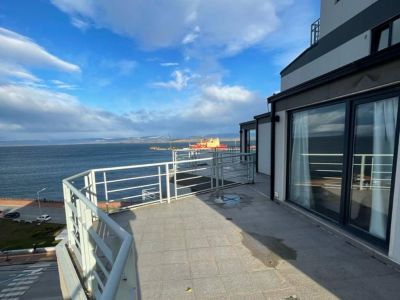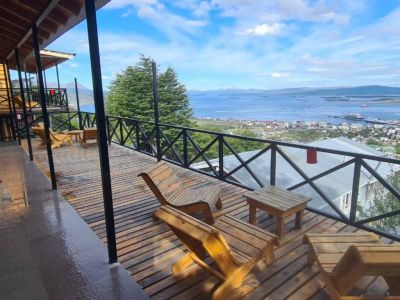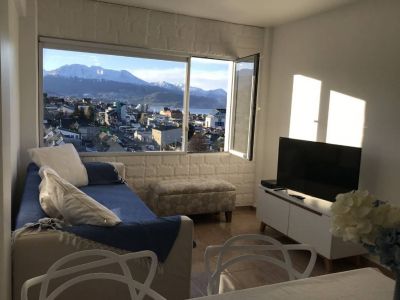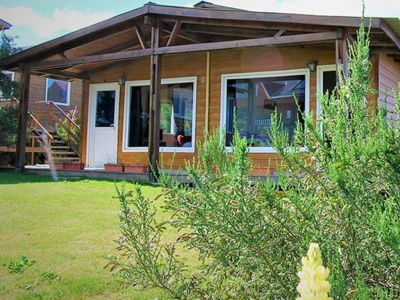The End of the World Train runs through the Pipo River valley along the slopes of Mount Susana and enters the Tierra del Fuego National Park. The walk is part of the recovery of the train tracks of the prisoners, after more than 40 years of their cessation. The penal railroad that had life in the first half of the last century also gave impetus to a hamlet that was born on the banks of the Beagle Channel, today converted into the beautiful Ushuaia .
The World´s End Train
After crossing the Burned Bridge over the Pipo River, crossing the Cañadón del Toro, the tourist train enters the first stop of the route, Cascada La Macarena Station. The prisoner´s train used to stop there to provide water to the steam locomotive. Visitors can go down, take a short walk and ascend to a viewpoint over the river valley. The whistle of the guard indicates that the journey continues. The limits of the national park are blurred and the entrance is already palpable. The guides tell about its creation, the protected areas and the main characteristics of the ecosystem in which valleys, rivers and glacial lakes are interwoven. On the banks of the Pipo River, the witnesses of the logging are marked in the Cemetery of Trees, another milestone of the promenade. When the construction of the prison began in 1902, the workforce and the obtaining of natural materials to build came from the work of the prisoners confined at the end of the world. The train of the prisoners traveled to the interior of the forest to look for the stone and the wood with what later would raise the pavilions. By train it reached an extension of 25 km inland forest. The last stop is the National Park Station, where the visitor can return with the immediate return or stroll through the park and return with the last game of the day. The train runs 7 km and 3 daily departures are planned, with audio system in 7 different languages.
Miriam Coronel
Interpatagonia.com
Contact of the excursion or tour
Brasileiros em Ushuaia
San Martin nº 870, Ushuaia, Tierra del Fuego, Argentina
Cell Phone: +54 2901-408801
Tren del Fín del Mundo
Ruta 3 Km. 3065 , Ushuaia, Tierra del Fuego, Argentina
Cell Phone: +54 2901-301141
-The special service is provided in a finest car for eight passengers with private kitchenette and restroom, hosted by a polite waitress. Passengers may enjoy a wide array of sweet and salty snacks. Separate boarding.
-In premium class, passengers may travel in panoramic cars with individual seats. An exclusive catering service with typical Patagonian flavors and beverages is offered. Separate boarding.
-First class lets passenger travel in comfortable panoramic cars with individual seats and enjoy a delicious catering service. Separate boarding included.
Besides, the End-of-the-World Train has a dining car where they may enjoy spider crab, chicken and salmon sandwiches and casseroles for lunch.
